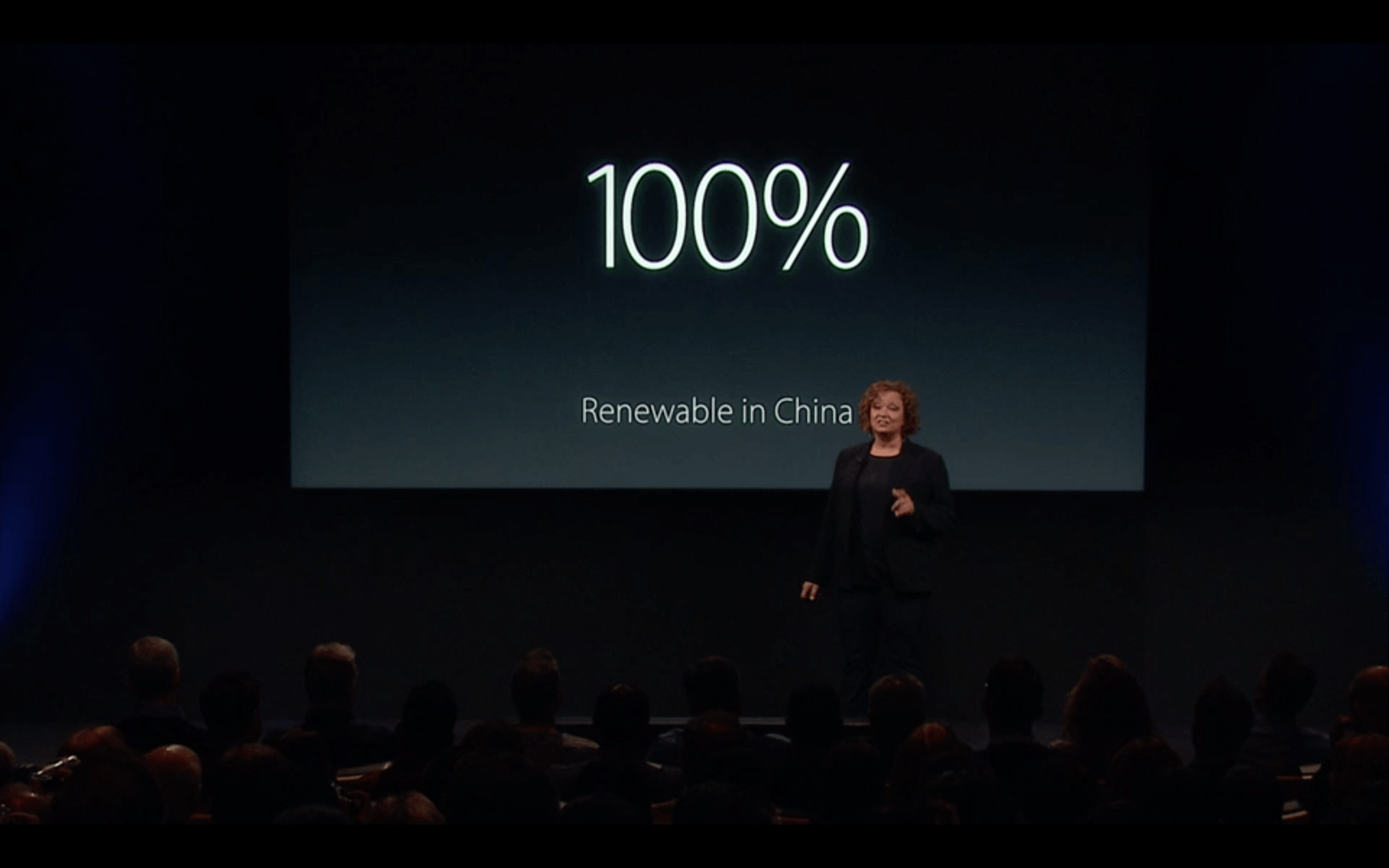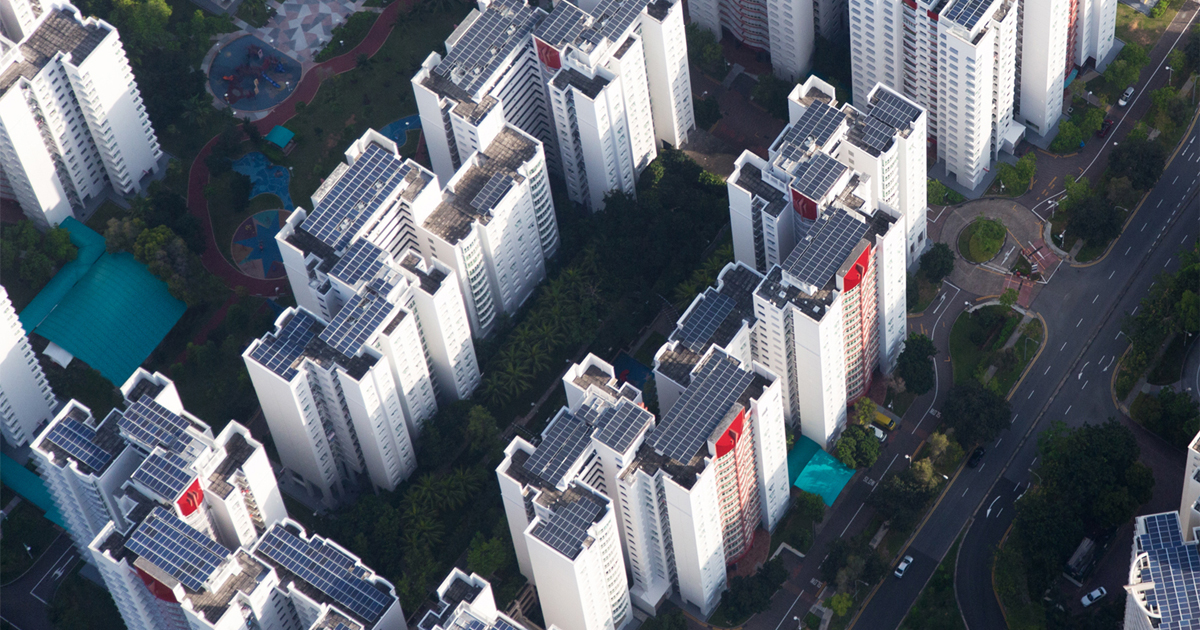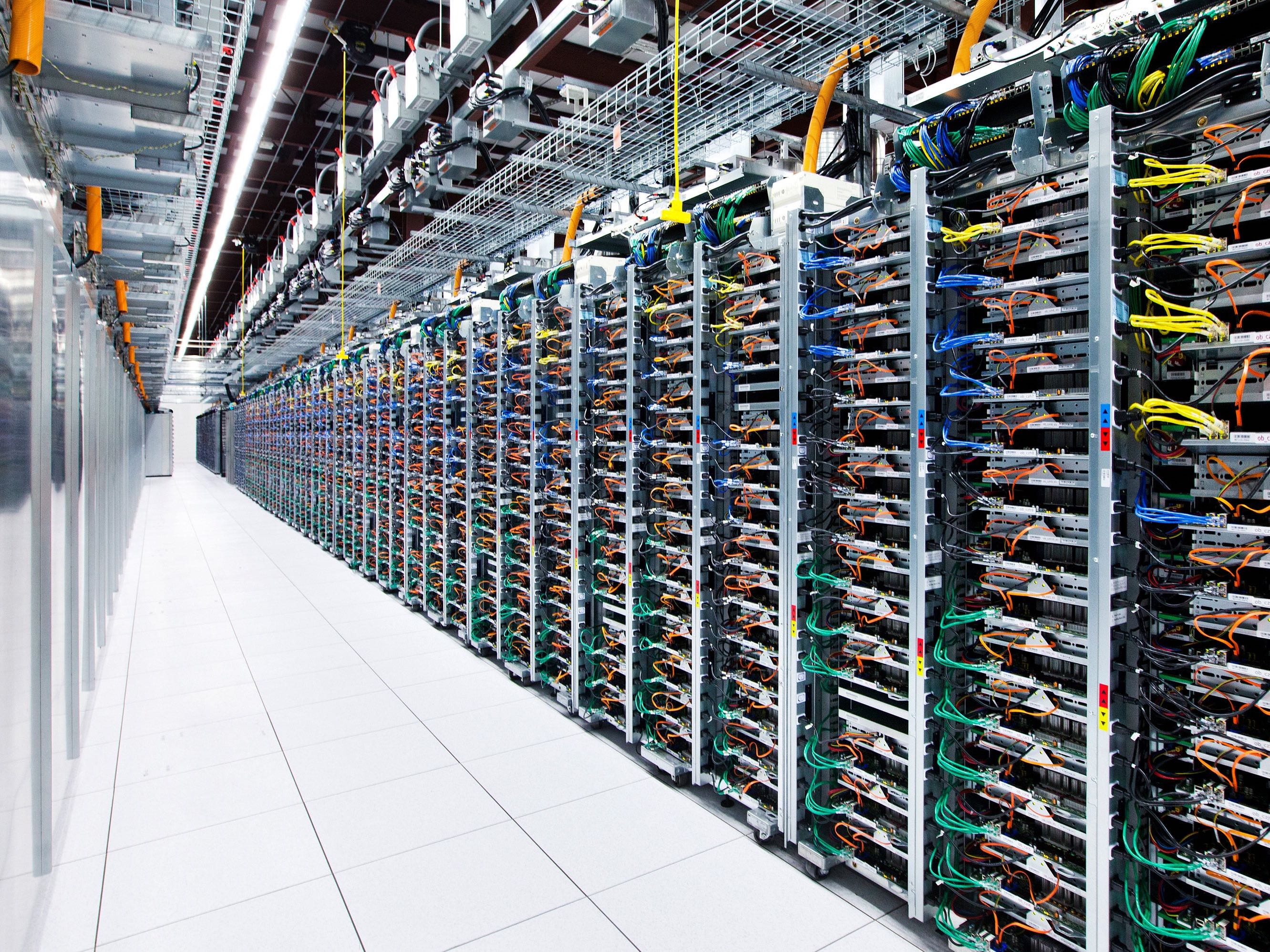Tech Giants Now Powered by 100% Renewable Energy
Tech giant Apple has announced it is now globally powered by 100 per cent clean energy.
Apple will "green" its operations in its retail stores, offices, data centres and co-located facilities spanning 43 countries.
The company, using its influence to embrace renewable energy, also announced that 23 of its suppliers are now committed to operating with 100 per cent clean energy.
Overall, clean energy from supplier projects helped avoid over 1.5 million metric tons of greenhouse gases being emitted last year — the equivalent of taking more than 300,000 cars off the road.
Apple chief executive Tim Cook said it was a significant milestone.
“We’re committed to leaving the world better than we found it,” Cook said.
“We’re going to keep pushing the boundaries of what is possible with the materials in our products, the way we recycle them, our facilities and our work with suppliers to establish new creative and forward-looking sources of renewable energy because we know the future depends on it.”

Apple’s 25 global renewable energy projects
The technology company’s crusade for a greener and healthier future is also seen in a number of development projects representing a range of energy sources.
Apple has established 25 operational renewable energy projects around the world.
These include solar arrays, wind farms, along with emerging technologies such as biogas fuel cells, micro-hydro generation systems and energy storage technologies.
"Apple Park", the company’s new Cupertino headquarters, is one of those projects. The design, by Foster + Partners, uses a 17- megawatt onsite rooftop solar installation and gives excess energy back to the Californian grid during low occupancy.

There are an additional 15 projects in the pipeline. Projects currently under construction include Apple’s plans to build a 37,000 square metre state-of-the-art data centre in Waukee, Iowa, that will run entirely on renewable energy from day one.
It also has deals to install more than 300 rooftop solar systems in Japan.
Another project includes a 200 megawatt power purchasing agreement for an Oregon wind farm is set to come on-line by the end of 2019.
Once built, these projects will bring the total amount of clean renewable energy generation to more than 1.4 gigawatts across 11 countries.
Since 2011 all of Apple's renewable energy projects have reduced greenhouse gas emissions by 54 per cent from its facilities worldwide and prevented nearly 2.1 million metric tons of carbon emissions from entering the atmosphere.

Google announces it has reached renewable energy goals
The news of Apple's commitment to renewables comes less than a week after tech giant Google announced that they too would adopt an 100 per cent renewable energy approach.
In 2017, Google purchased enough energy from renewable sources to exceed the amount of electricity used by their global operations.
“For every kilowatt-hour of electricity we consumed, we purchased a kilowatt-hour of renewable energy from a wind or solar farm that was built specifically for Google," Google president of technical infrastructure Urs Hölzle said.
“Today, we have contracts to purchase 3GW of output from renewable energy projects; no corporate purchaser buys more renewable energy than we do.
“To date, our renewable energy contracts have led to over $3 billion in new capital investment around the world.”
The company's first large commitment to renewable energy started with a wind energy contract in 2010, which grew from 44 per cent total supply in 2015 to 57 per cent in 2016 — reaching 100 per cent last year.
These tech giants aren't alone in investing in renewable energy projects. In Australia, Frasers Property Australia recently announced plans to build a shopping centre with a 2,000 square metre rooftop urban farm in Melbourne.
In New South Wales, the government has approved a 272-turbine wind farm project in the Upper Hunter region, and renewable energy services company Verdia has signed a deal with Stockland to deliver Australia's largest roof top solar panel project, delivering 10.4MW of behind-the-meter solar at nine sites across the country.














